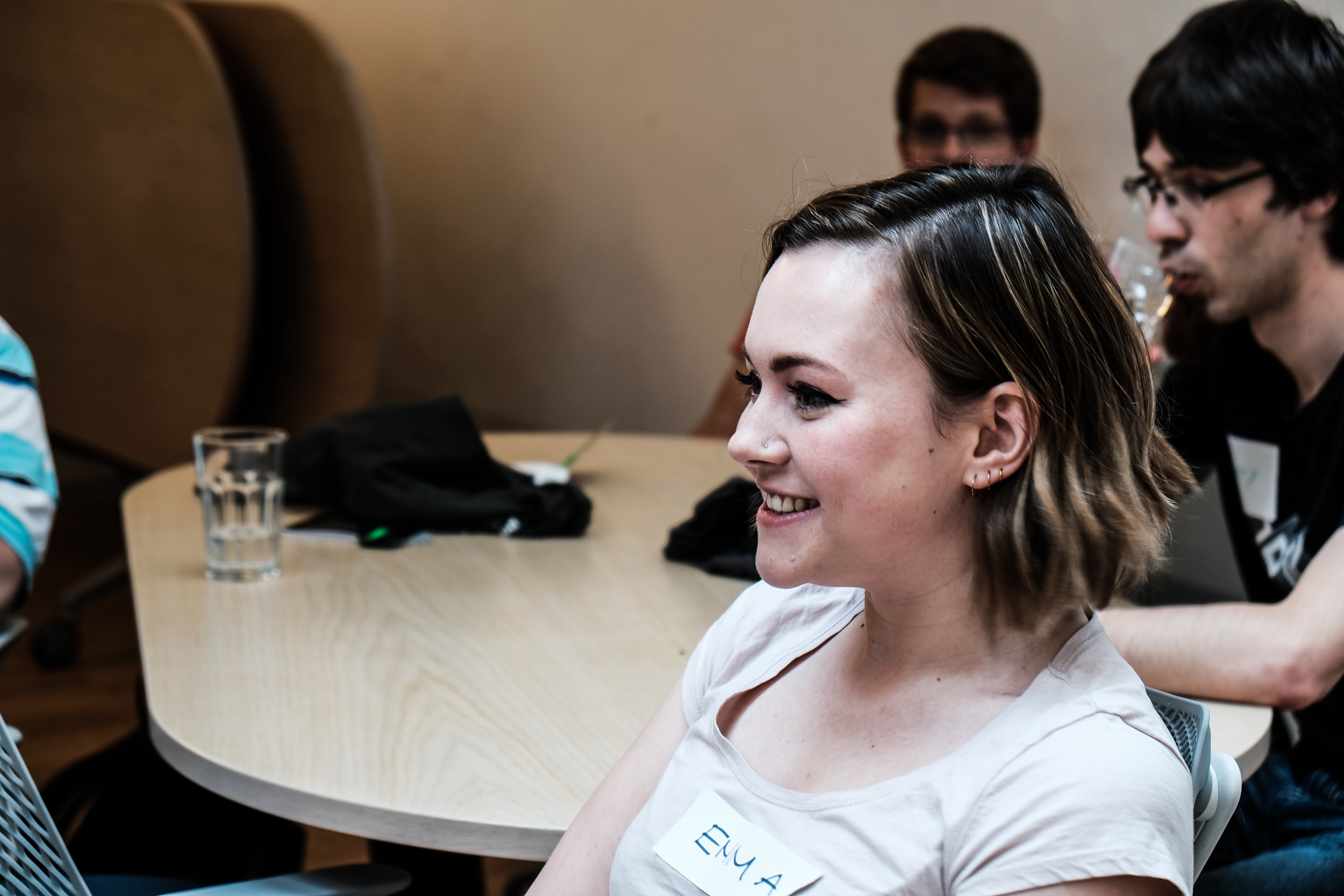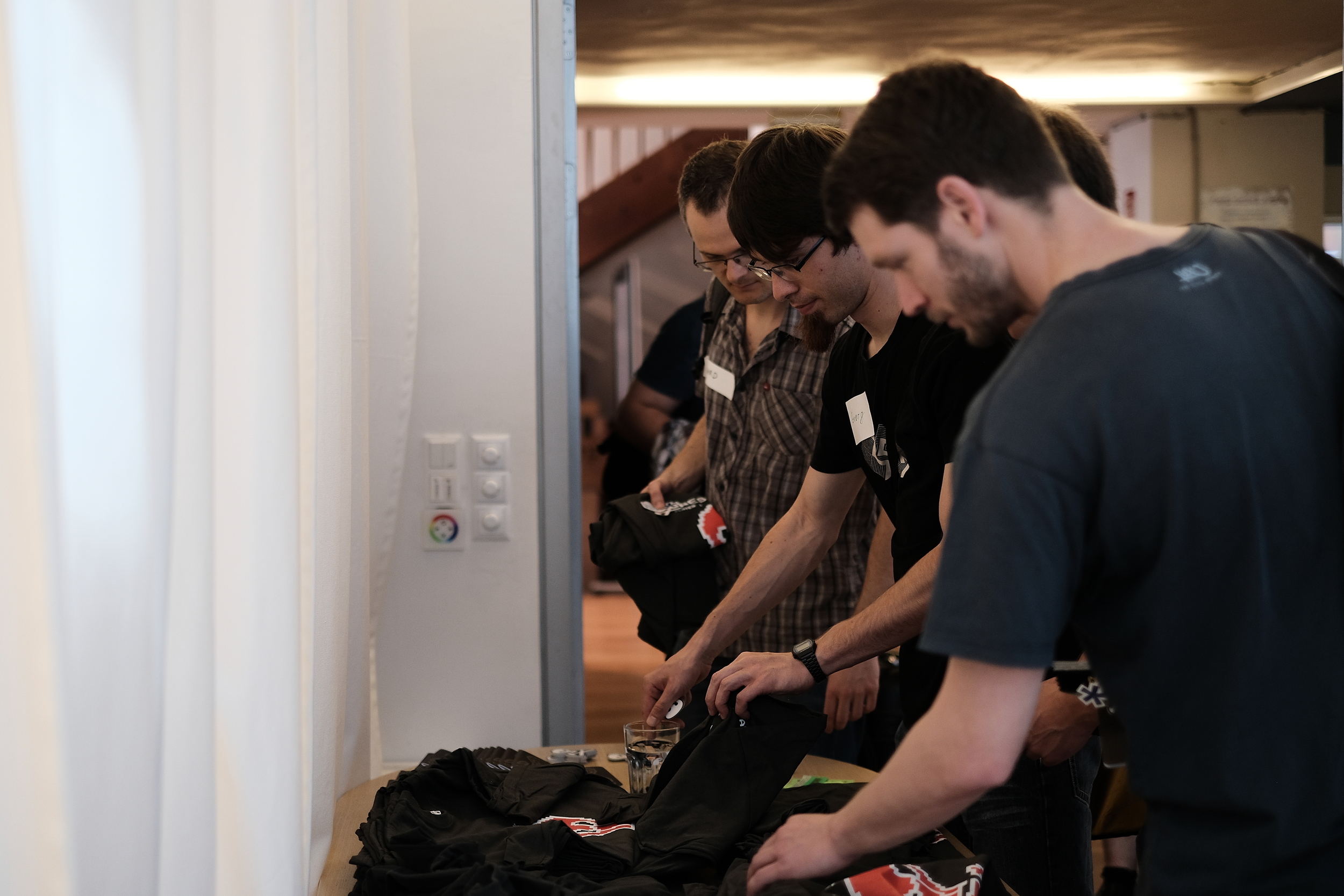Well data woes
/I probably shouldn't be telling you this, but we've built a little tool for wrangling well data. I wanted to mention it, becase it's doing some really useful things for us — and maybe it can help you too. But I probably shouldn't because it's far from stable and we're messing with it every day.
But hey, what software doesn't have a few or several or loads of bugs?
Buggy data?
It's not just software that's buggy. Data is as buggy as heck, and subsurface data is, I assert, the buggiest data of all. Give units or datums or coordinate reference systems or filenames or standards or basically anything at all a chance to get corrupted in cryptic ways, and they take it. Twice if possible.
By way of example, we got a package of 10 wells recently. It came from a "data management" company. There are issues... Here are some of them:
- All of the latitude and longitude data were in the wrong header fields. No coordinate reference system in sight anywhere. This is normal of course, and the only real side-effect is that YOU HAVE NO IDEA WHERE THE WELL IS.
- Header chaos aside, the files were non-standard LAS sort-of-2.0 format, because tops had been added in their own little completely illegal section. But the LAS specification has a section for stuff like this (it's called OTHER in LAS 2.0).
- Half the porosity curves had units of v/v, and half %. No big deal...
- ...but a different half of the porosity curves were actually v/v. Nice.
- One of the porosity curves couldn't make its mind up and changed scale halfway down. I am not making this up.
- Several of the curves were repeated with other names, e.g. GR and GAM, DT and AC. Always good to have a spare, if only you knew if or how they were different. Our tool curvenam.es tries to help with this, but it's far from perfect.
- One well's RHOB curve was actually the PEF curve. I can't even...
The remarkable thing is not really that I have this headache. It's that I expected it. But this time, I was out of paracetamol.
Cards on the table
Our tool welly, which I stress is very much still in development, tries to simplify the process of wrangling data like this. It has a project object for collecting a lot of wells into a single data structure, so we can get a nice overview of everything:
Our goal is to include these curves in the training data for a machine learning task to predict lithology from well logs. The trained model can make really good lithology predictions... if we start with non-terrible data. Next time I'll tell you more about how welly has been helping us get from this chaos to non-terrible data.













































 Except where noted, this content is licensed
Except where noted, this content is licensed